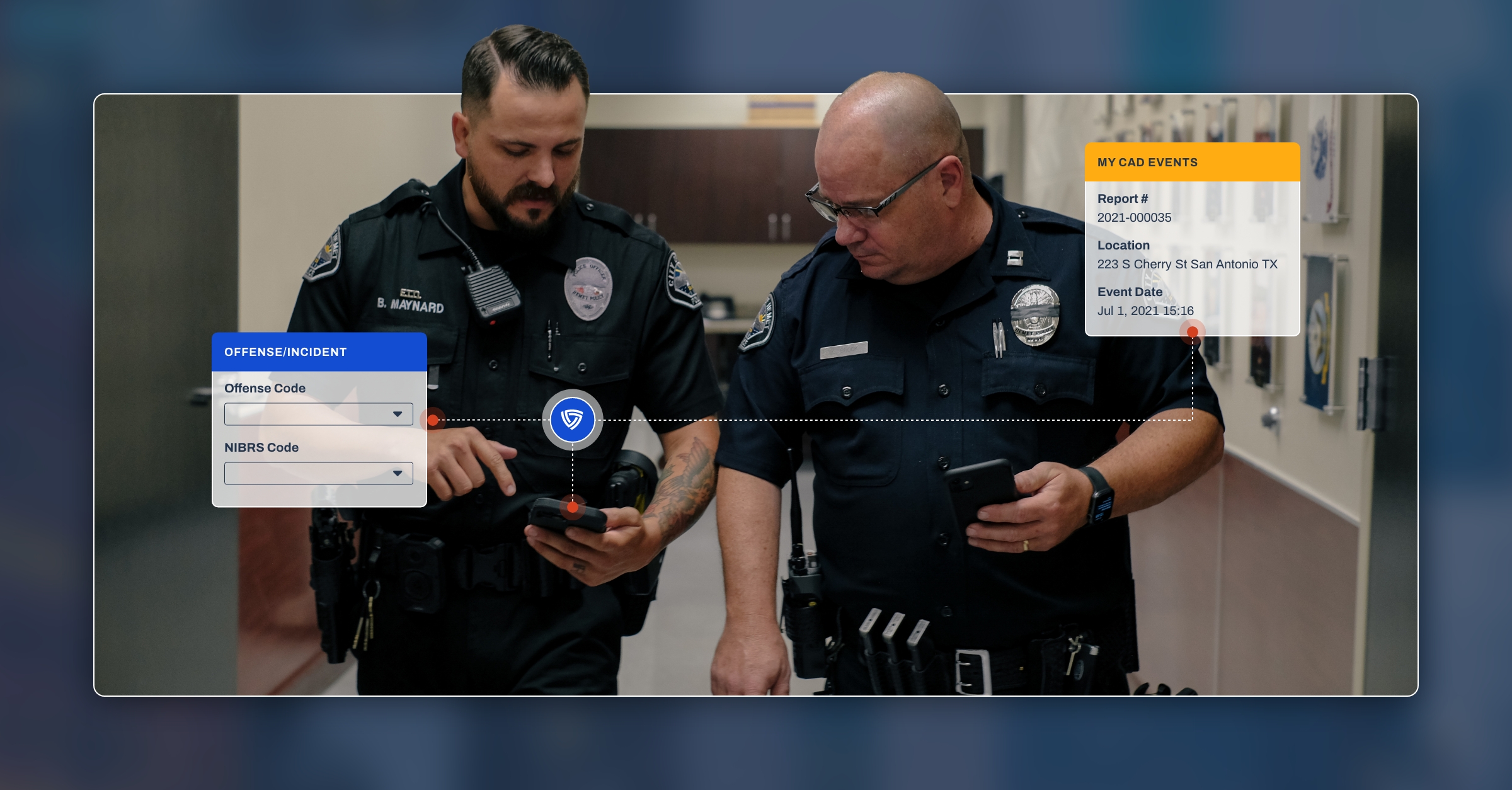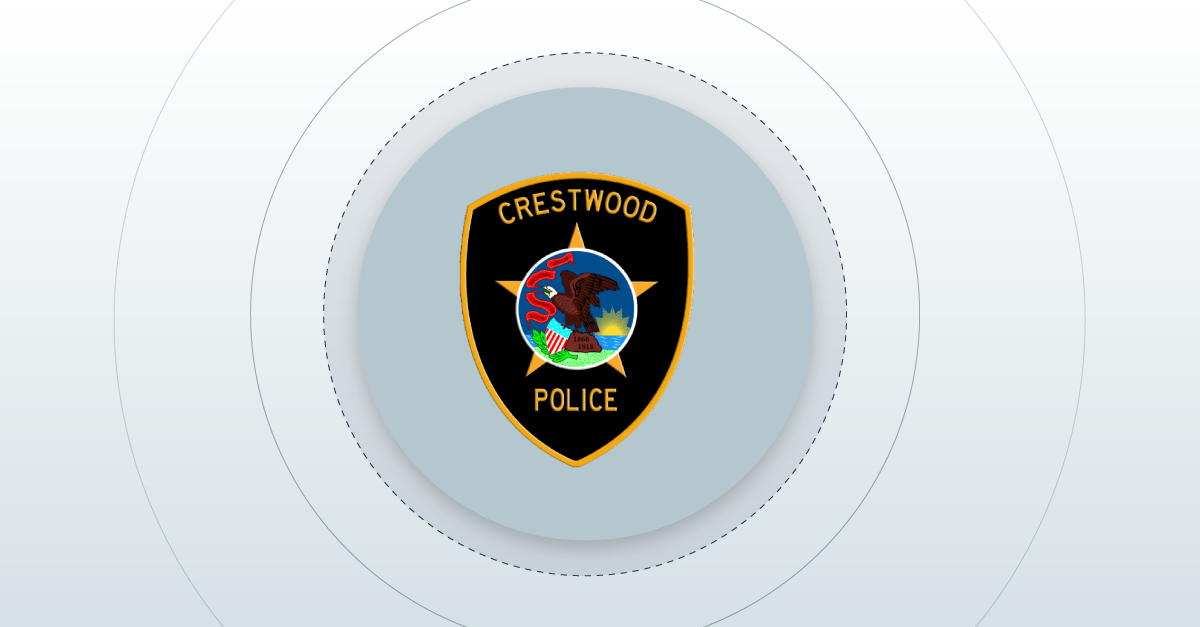By: Gary Drenik

America is experiencing an uptick in extreme weather and other disruptive events like power grid failures, causing heightened concerns for safety. New data shows 71% of people worry their local public safety agency could be overwhelmed during an emergency.
Luckily, an ongoing digital transformation is taking hold across industries, including public safety. One company is leading the charge with technology that delivers modern, intuitive, and mobile-first applications to improve the safety and quality of life for all.
I recently spoke with Matt Polega, co-founder, and head of external affairs at Mark43, to talk about how these technological advancements are making communities safer across the U.S.
Gary Drenik: We’ve all seen how digital transformation impacts the corporate workforce, but how are these technological advancements, including those from Mark43, affecting public safety professionals?
Matt Polega: Modern technology can transform how police officers do their job. Reducing the administrative burden of writing reports frees officers to spend more time out in the community. Too often, police officers have to leave their beat to tackle time-consuming paperwork. Mission-critical technology, such as the Mark43 Public Safety Platform, can significantly reduce this burden by providing police departments with intuitive, easy-to-use technology that meets them where they are – in the field instead of requiring them to travel back to the station house. In a time when public safety agencies are facing enormous challenges in recruiting and retaining their workforces, technology can act as a force multiplier, freeing up more officers to be out with the community, improving visibility and delivering services faster. For example, a year after implementing the Mark43 public safety platform, the Metropolitan Police Department (Washington, D.C.) saw a 50% reduction in arrest report writing time and an 80% reduction in incident/offense report writing time, saving 238,000 hours annually on report writing. This effectively added 110 officers to the force. Modern technology also makes a public safety career more attractive to a new generation of police officers, who use intuitive and mobile tools in their daily life and expect similar tools in their work environment.
Data sharing is key to improving relationships with all stakeholders, and 21st-century technology has notably improved the ability of agencies to deliver the transparency and accountability that communities demand. Leading agencies are using real-time information sharing to cultivate trust with the residents they serve, and also as part of essential conversations with municipal leaders who have oversight of agency budgets and resource allocations.
At Mark43, we’ve transformed how public safety professionals utilize technology through cloud-based software like Records Management Systems (RMS) and Computer-Aided Dispatch (CAD). These applications increase efficiency and accuracy and enable first responders to be where they’re needed most: with the communities they serve.
Drenik: I understand Mark43 technology prioritizes security. How important is cybersecurity in the public safety sector?
Polega: Cybersecurity threats continue to be an area of grave concern for public safety leaders. And, according to a recent Prosper Insights & Analytics survey, nearly a third (32%) of Americans acknowledge crime has impacted their negative outlook on the U.S. economy. Public safety agencies are always under enormous pressure to trim their budgets, and most simply do not have the resources necessary to build comprehensive IT teams. The most effective way to augment IT resources is by leveraging the cloud. Government cloud providers employ the world’s top cybersecurity experts and spend over a billion dollars yearly in cyberdefense, something no public agency can match. Mark43’s technologies are both FedRAMP and StateRAMP ‘In Process’ designated, meaning our platform has the highest levels of security controls and a rigorous standard of compliance.

Drenik: How can public safety agencies measure the impact of new technology? And why should the general public care about public safety agencies using modern technology?
Polega: Mark43 creates cloud-native products that seamlessly connect the police station with officers in the field, showcasing the value of how technology can transform both the agency and broader community.
According to a recent survey from Prosper Insights & Analytics, over the past six months, nearly a quarter (22%) of Americans worried more about their safety in public places. More officers back on the street and away from their desks can encourage faster emergency response times.

Drenik: How much of a difference can technology make in the daily life of a police officer?
Polega: The Mark43 2023 U.S. Public Safety Trends Report details how first responders are often bogged down by paperwork, taking time away from field work; 68% of respondents noted they still must return to a physical location like a station house to complete routine paperwork vs. having the capability to complete it from the field. Leading law enforcement agencies worldwide are moving to cloud-native solutions to give officers more time to protect lives.
Police officers have a split-second to make life-or-death decisions. Technology like the Mark43 OnScene equips first responders with a smartphone tool that untethers them from their vehicle, but still provides the powerful context and situational awareness of a traditional mobile-data terminal (MDT). Now, officers have increased safety and situational awareness as real-time Esri mobile tracking enables supervisors and telecommunicators to see the officer’s exact location – not just the vehicle’s – in case an emergency takes an officer somewhere on foot. Mobile technologies also allow responders to easily record information from the field, enabling them to finish reports faster.
In addition, a recent survey showed 92% of respondents wanted to see their local agencies use a backup emergency dispatch system. Resilient technology can make all the difference in the daily life of a police officer or emergency dispatcher because it’s critical they are constantly connected. When agencies provide modern technology solutions, officers not only have a better experience during their job, but they stay safer and keep their communities safer.
Drenik: How important is it that the technology used by officers mirrors the tech that we all use in our daily lives?
Polega: We all use modern apps to make our lives easier, whether for online shopping or instant communication with a loved one, and public safety personnel deserve that same benefit. Context-driven mobile apps provide responders with the information they need at any particular moment. For example, having real-time access to the agency’s RMS allows officers to look up right from their smartphone whether someone is on the “Most-Wanted” list while talking to the person.
Drenik: Lastly, with 2023 now in full swing, what are 3 trends you anticipate will impact law enforcement technology?
Polega: 2022 saw another year of change and challenges for public safety. For 2023, here are three trends we predict public safety agencies will implement to continue to serve their communities:
- To protect the large volumes of sensitive data they collect and store, leading public service agencies will move away from less secure on-prem hardware. The cost of defending these systems against cyber threats outpaces agency budgets. Instead, these agencies will move to online platforms that can be continuously updated in the cloud, offering the best protection against intrusions and hacking.
- By proactively partnering across agencies, disciplines, and jurisdictions, there is a force multiplier in addressing violent crime and gun violence. Accurate and reliable intelligence that can be analyzed and shared with critical partners is essential. We see numerous formal partnerships and community programs recruiting a new cadre of public safety professionals with specialized and technical skills to drive this data-driven strategy.
- Like many American workplaces, law enforcement is undergoing talent retention and recruitment struggles. Leading agencies will evaluate internal practices and culture to help recruit, retain, and hire the best possible talent, including emphasizing DEIB initiatives and implementing strategies to diversify current practices and drive home the importance of representation.
Drenik: Thanks, Matt, for your great insights on how technology advancements from companies like Mark43 are impacting the way public safety professionals protect the communities they serve. As the digital transformation continues, I’m sure we’ll see more iterations of these influential and innovative technologies to keep our people safe.





